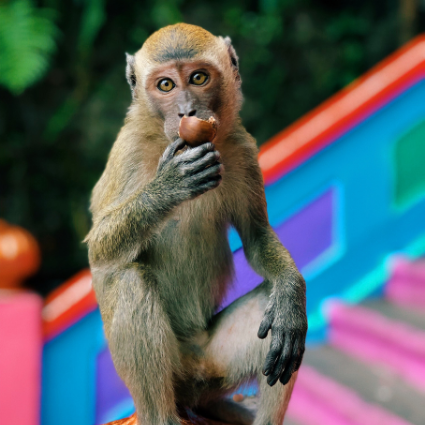Brain Blast | Fatigue on the Front Lines
The latest news on the brain and beyond.
COVID-19. It’s what is on all our minds lately. In this edition of the Brain Blast, we examine how coronavirus impacts the brains of those who are fighting it. Plus, we cover the latest research on decision making, drug delivery, and brain mapping.
How limited sleep affects emotion
As they battle COVID-19, frontline workers are facing severe sleep interruptions, which may make them more susceptible to PTSD and anxiety. In a recent study, participants who had only half a night’s sleep had less activity in the brain regions associated with emotional control and more activity in the regions associated with fear than participants who had gotten either a full night of sleep or no sleep at all.
Story via Elsevier
How to monitor infants’ brain activity
The infant brain is no longer a black box. At UCL, neuroscientists designed a cap which creates a 3D image of the wearer’s brain activity using a series of lights. Unlike an MRI, the cap is easy to use on very young children and can capture brain activity almost anywhere, including the home. The team is optimistic that this cap will provide further insight into how conditions like cerebral palsy appear in babies.
Story via University College London
How coronavirus impacts the brain
To understand why many COVID-19 sufferers report a "brain fog", Baylor College of Medicine researchers examined EEG data from hundreds of coronavirus patients. The researchers noticed slowing of brainwaves in nearly 70% of the EEGs they studied, with slowing particularly common in the frontal lobes of patients. The causes and long-term implications of these changes in brain activity are still unclear.
Story via Medical News Today
How to edit the decision making process
When monkeys are given choices, “each option activates a distinct set of neurons in the [orbitofrontal cortex] of the brain.” The associated neurons fire the fastest for the most appealing option. A team was able to change which options monkeys found most enticing by altering their neuronal activity. A deeper understanding of decision making may enable scientists to better treat addiction and similar conditions.
Story via Washington University School of Medicine
How nanoparticles deliver drugs
Due to the blood-brain barrier, a patient must be given a very high dose of medication for even a small amount to reach their brain. Such high doses of medication can have serious negative side effects, discouraging the continuation of treatment. To combat this issue, Canadian researchers developed a non-toxic nanoparticle that successfully crossed the blood-brain barrier to deliver medication in tests on zebrafish.
How the brain celebrates being home
Home lives in your head. Researchers from Florida Atlantic University inspected brain activity in mice. As a mouse was moved from a test cage to its “home” cage, it would experience a surge of dopamine in the nucleus accumbens portion of its brain. Such a rapid rise in dopamine was not witnessed when a mouse was moved from a test cage to a more comfortable cage or even to one similar to its "home" cage.
Story via Florida Atlantic University








